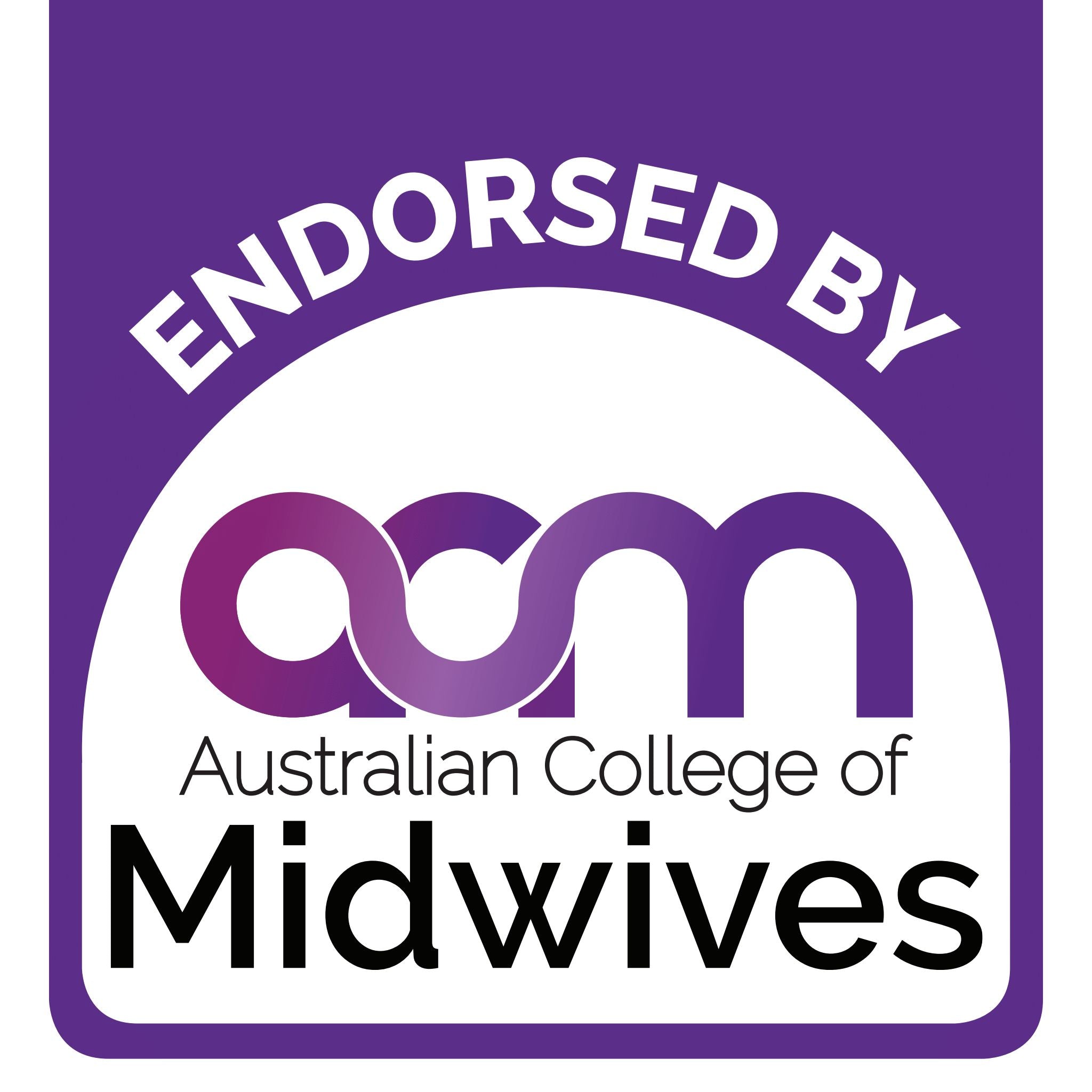High-Lipase Breastmilk
If you have been breastfeeding or expressing for some time now, you will usually be familiar with the smell and appearance of your own breastmilk. Have you ever noticed that your breastmilk has a sour or rancid smell? Particularly after being in the fridge or freezer for some time? Before you are tempted to discard your freezer stash – this might be due to high levels of lipase in your milk.
What is lipase and why is it in my breastmilk?
Lipase is a naturally occurring enzyme that aids in the breakdown of milk fats. Every woman produces various levels of lipase, lipase in excess causes the milk to break down milk fats, faster. This contributes to the sour smell and ‘soapy’ taste. To date, there is no particular food or diet that significantly alters lipase levels in the body.
What can you do about excess lipase levels in your breastmilk?
Excess lipase in your breastmilk will not harm your baby. It is natural and safe for consumption – however some babies will reject high-lipase breastmilk due to the difference in taste. If this is the case for you, you can go through the scalding process prior to storage to deactivate the lipase and cease milk fat digestion. This will prevent any smell/taste, however will alteractive enzyme activity, which will affect which natural antibodies are available to your baby. Consequently, if you struggle with excess lipase in your milk, it is often recommended to provide baby with freshly expressed breastmilk, when possible, instead of frozen!
To scald breastmilk:
If you do discover that you produce high lipase breastmilk and need to continue scalding your milk prior to storage, don’t worry mama! Your breastmilk still contains countless nutritional components and is still the best option for your baby.
Written by Keryn Thompson RM & IBCLC (L-301766)
References:
Buettner, A., 2007. A selective and sensitive approach to characterize odour-active and volatile constituents in small-scale human milk samples. Flavour and Fragrance Journal, 22(6), pp.465-473.
Contador, R., Delgado, F., García-Parra, J., Garrido, M. and Ramírez, R., 2015. Volatile profile of breast milk subjected to high-pressure processing or thermal treatment. Food Chemistry, 180, pp.17-24.
Contarini, G., Povolo, M., Leardi, R. and Toppino, P., 2005. Influence of Heat Treatment on the Volatile Compounds of Milk. Journal of Agricultural and Food Chemistry, 45(8), pp.3171-3177.
Gao, C., Miller, J., Middleton, P., Huang, Y., McPhee, A. and Gibson, R., 2019. Changes to breast milk fatty acid composition during storage, handling and processing: A systematic review. Prostaglandins, Leukotrienes and Essential Fatty Acids, 146, pp.1-10.
Lönnerdal, B., 2016. Bioactive Proteins in Human Milk: Health, Nutrition, and Implications for Infant Formulas. The Journal of Pediatrics, 173, pp.S4-S9.
Pitino, M., Alashmali, S., Hopperton, K., Unger, S., Pouliot, Y., Doyen, A., O’Connor, D. and Bazinet, R., 2019. Oxylipin concentration, but not fatty acid composition, is altered in human donor milk pasteurised using both thermal and non-thermal techniques. British Journal of Nutrition, 122(1), pp.47-55.
Spitzer, J., Klos, K. and Buettner, A., 2013. Monitoring aroma changes during human milk storage at +4 °C by sensory and quantification experiments. Clinical Nutrition, 32(6), pp.1036-1042.




